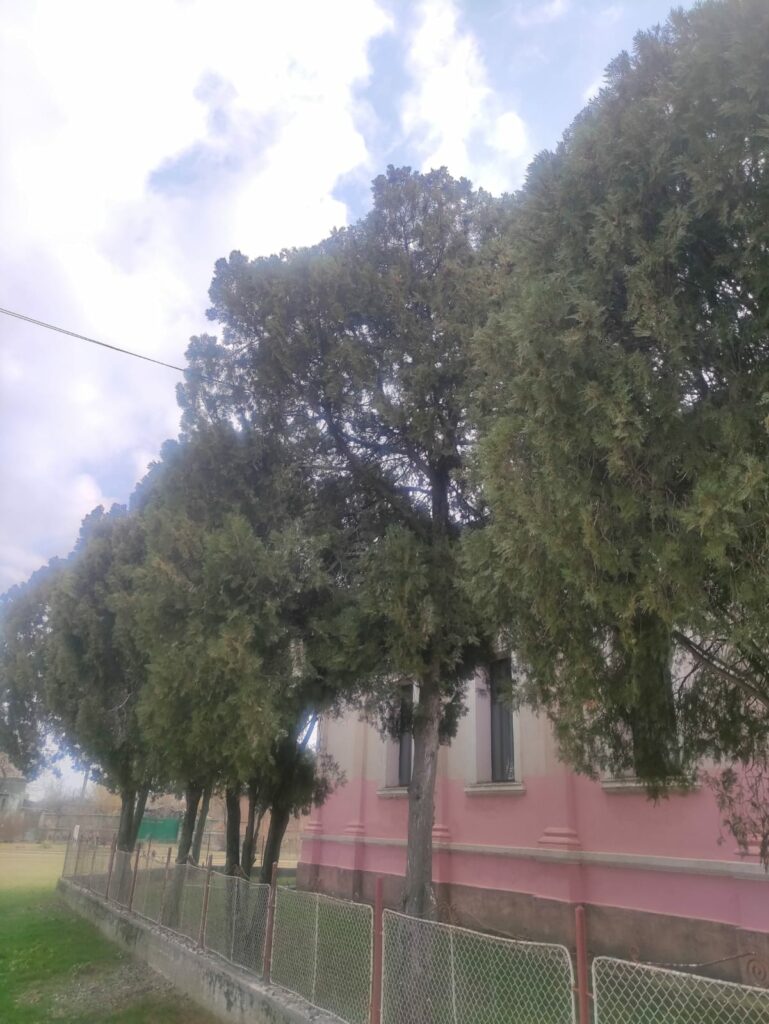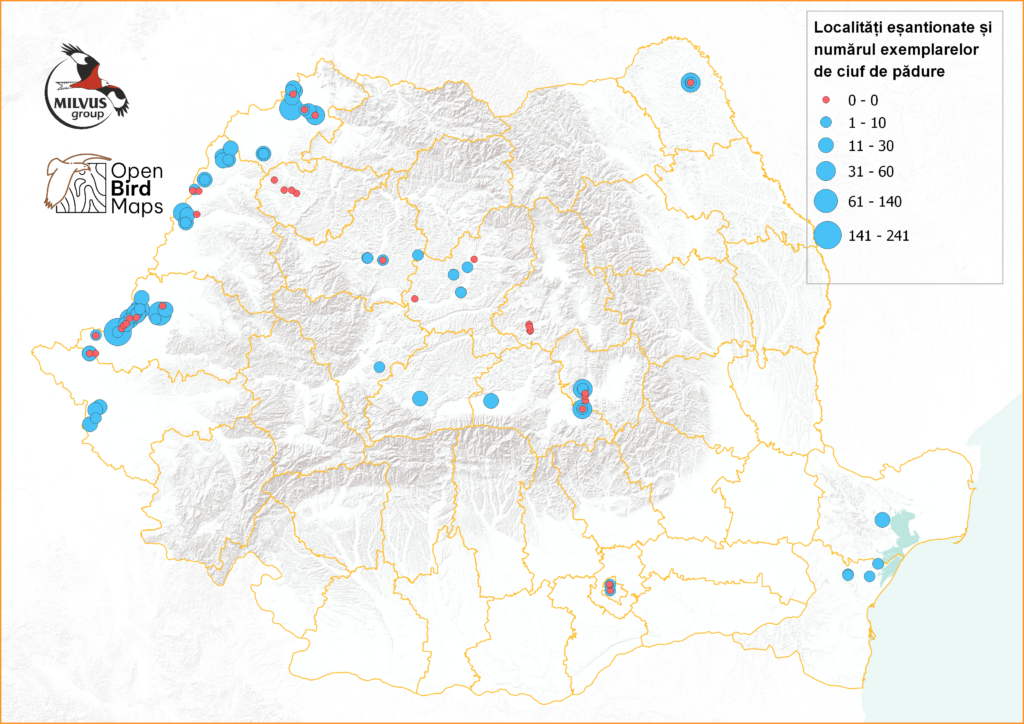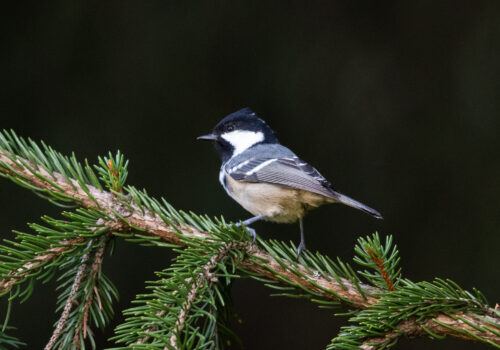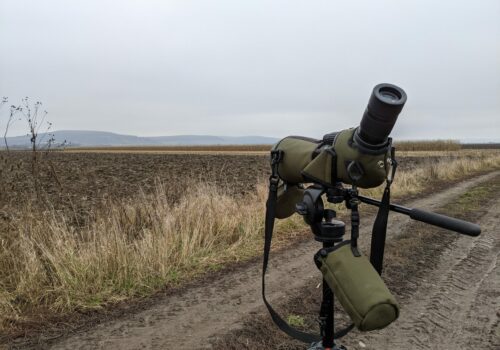The number of roosting places for long-eared owls (Asio otus) is decreasing, according to the results of the Winter Census of the Long-eared Owl, which ended in January. In Bihor County alone, 3 gathering sites used in previous years have disappeared after trees used by the species were cut down.

If after last year’s monitoring programme we reported a decrease in the number of gatherings and number of individuals counted, this year the numbers is even lower.
In the programme which ran from 20 December 2023 to 31 January 2024 31 volunteers carried out observations in 69 settlements in 16 counties. The participants identified 40 active roosting sites, where they counted 1,482 long-eared owls.
The largest site was in the village of Turnu (Arad county), where no less than 241 owls were counted. During this last monitoring, no Short-eared Owl (Asio flammeus) was observed.

Every year, the Milvus Group carries out Winter Census of the Long-eared Owls in Romania with the help of volunteers. With the onset of the cold season, these birds of prey gather in groups of tens or even hundreds, usually in populated areas. Here, they find refuge in areas sheltered from wind and predators, in parks and in tall trees.


































